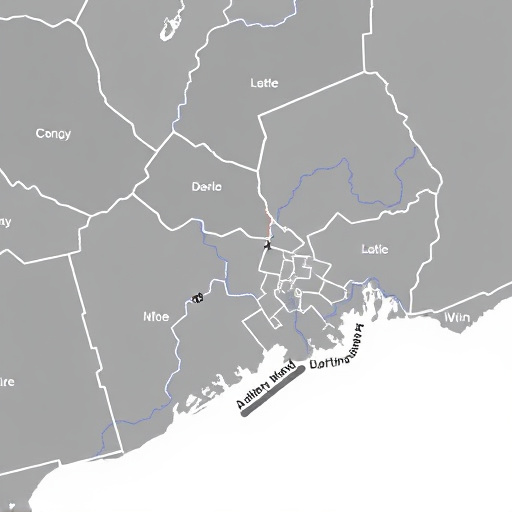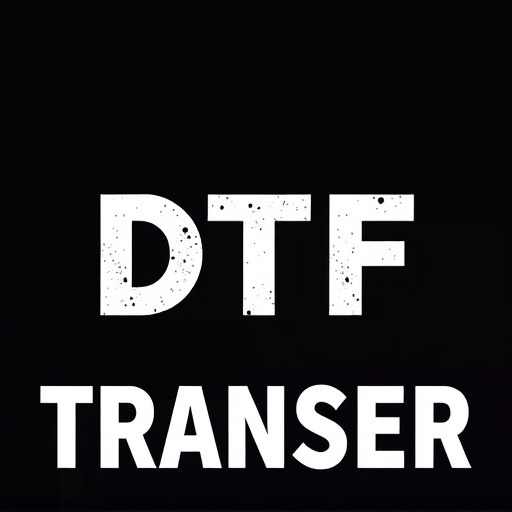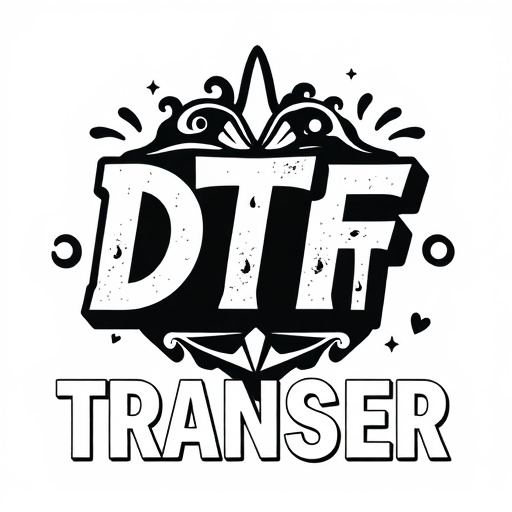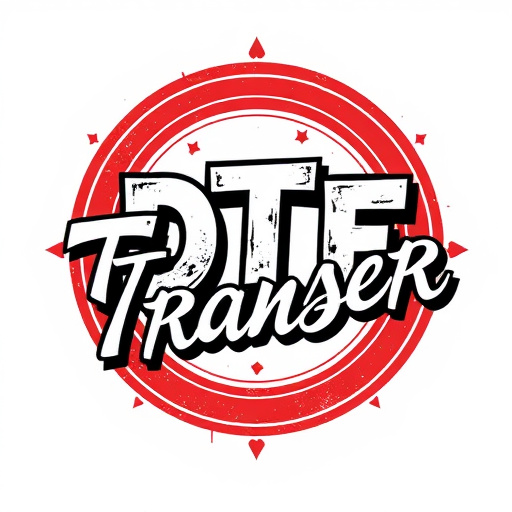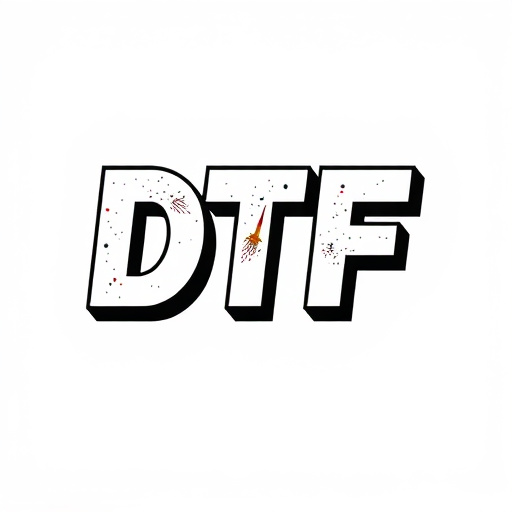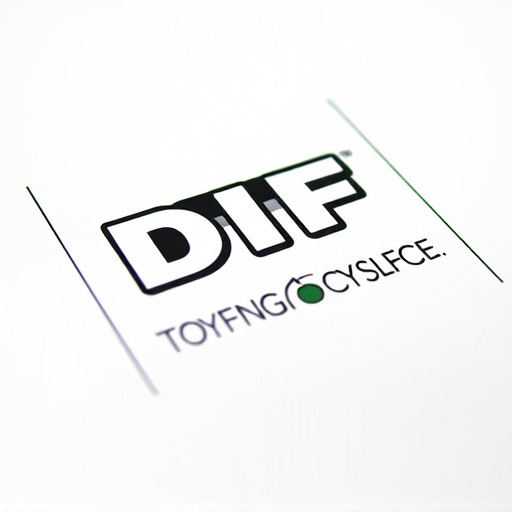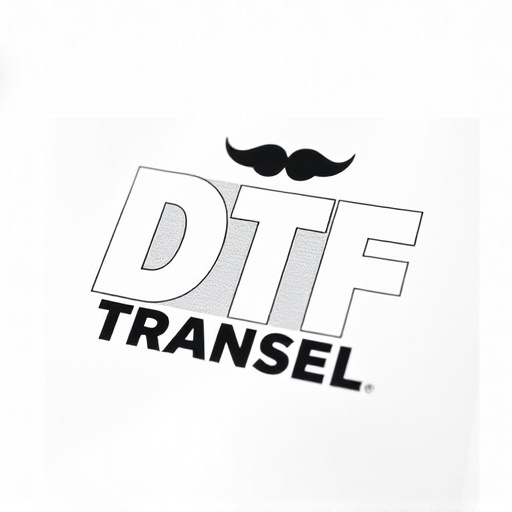Direct-to-film (DTF) transfers are a cutting-edge printing technology that offers faster production times, enhanced efficiency, and high-quality prints on various film surfaces. Ideal for high-volume businesses, DTF allows for frequent print updates, custom designs, and cost savings while maintaining consistent quality. The process involves creating or receiving custom artwork, preparing digital designs, transferring the design to a film medium, and using specialized printing machines to deposit ink accurately. Robust Quality Assurance (QA) protocols, including material inspections and environmental monitoring, ensure DTF prints' longevity. DTF transfers have proven adaptable across sectors like retail, logistics, and event management, enhancing experiences and driving innovation.
“Unleash the power of Direct-to-Film (DTF) transfers for your high-volume business needs. This comprehensive guide explores the transformative potential of DTF technology in various industries. From understanding the core principles of DTF transfers to choosing the ideal system and ensuring print longevity, we dissect every step of the process. Discover the benefits that make DTF ideal for mass production while exploring real-world case studies. Maximize your business’s output with the cutting-edge efficiency and quality of DTF Printing.”
- Understanding Direct-to-Film (DTF) Transfers: A Comprehensive Overview
- Benefits of DTF for High-Volume Business Applications
- Choosing the Right DTF Transfer System for Your Business Needs
- The Printing Process: From Design to Final DTF Prints
- Quality Assurance and Considerations for Longevity of DTF Prints
- Case Studies: Successful Implementations of DTF in Various Industries
Understanding Direct-to-Film (DTF) Transfers: A Comprehensive Overview

Direct-to-film (DTF) transfers are a cutting-edge printing technology designed to produce high-quality, durable prints directly on various film surfaces. This innovative process eliminates traditional intermediates, such as plates or screens, allowing for faster production times and enhanced efficiency in business settings. DTF Printing offers exceptional versatility, enabling the reproduction of intricate designs, detailed images, and vibrant colors on a wide range of materials, from transparent films to flexible substrates.
In the context of high-volume business use, DTF transfers stand out for their speed and reliability. They are particularly beneficial for businesses requiring frequent print updates or custom designs. With DTF, companies can swiftly adapt to changing marketing needs, produce personalized promotional materials, or create unique packaging without incurring substantial set-up costs or delays. The direct-to-film approach ensures consistent quality, making it a preferred method for professional printing in today’s fast-paced business environment.
Benefits of DTF for High-Volume Business Applications
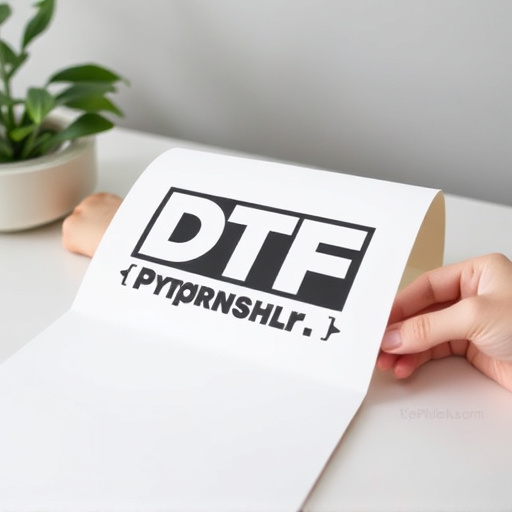
Direct-to-film (DTF) transfers offer significant advantages for high-volume business applications. One of the key benefits is its efficiency; DTF allows for rapid printing, enabling businesses to produce large batches of products with minimal downtime. This technology ensures a consistent and high-quality finish, making it ideal for maintaining brand image across extensive print runs.
Additionally, DTF transfers enhance productivity by streamlining the production process. With direct application onto film, there’s no need for intermediate steps, reducing the risk of human error and improving overall efficiency. DTF Printing also supports a wide range of materials, allowing businesses to adapt their printing methods to various surfaces, expanding creative possibilities in marketing materials, packaging, and promotional items.
Choosing the Right DTF Transfer System for Your Business Needs

Selecting the optimal Direct-to-Film (DTF) transfer system is paramount for businesses aiming to streamline their printing processes and enhance efficiency. The market offers a plethora of options, each tailored to specific requirements, from small enterprises to large-scale operations. When making this crucial decision, several factors come into play.
For instance, consider the type of prints your business demands, whether it’s for promotional materials, signage, or specialized packaging. Different DTF transfer systems excel in various applications; some are ideal for high-resolution graphics and vibrant colors, while others cater to fast, cost-effective production runs. Additionally, factors like print speed, material compatibility, and ease of use should be evaluated to ensure the chosen system aligns seamlessly with your workflow, optimizing productivity and minimizing downtime.
The Printing Process: From Design to Final DTF Prints
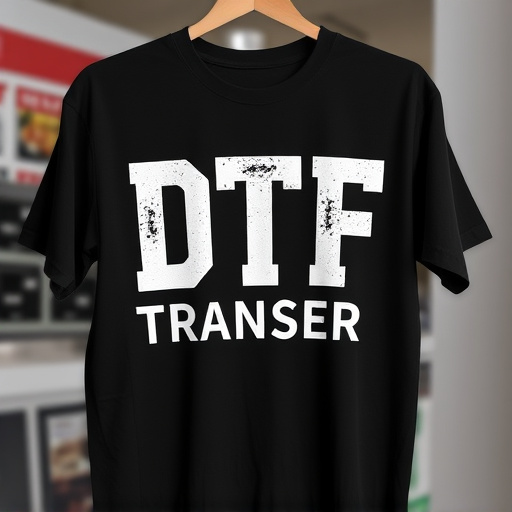
The direct-to-film (DTF) transfer process is a sophisticated method that revolutionizes printing for high-volume business needs. It begins with the design stage, where professional printers create or receive custom artwork tailored to specific requirements. This digital design is then prepared for printing, involving meticulous settings adjustments to ensure optimal color accuracy and resolution. Once ready, the DTF transfer process involves applying the design onto a film medium using specialized equipment. This film acts as a template, accurately conveying the design to subsequent printing surfaces.
The final step in this intricate journey is the printing itself. The DTF film is carefully fed into printing machines designed for high-speed, high-quality output. As the film moves through the printer, ink is precisely deposited onto various materials—from textiles to plastics—recreating the original design with remarkable precision. This method ensures consistent, on-demand production of DTF prints, making it a preferred choice for businesses seeking efficient, customizable printing solutions without compromising quality.
Quality Assurance and Considerations for Longevity of DTF Prints
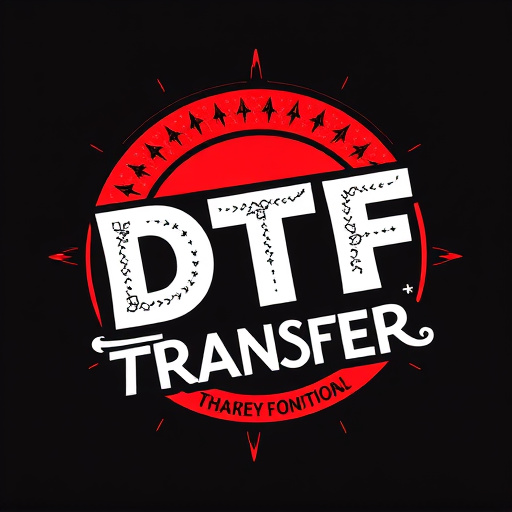
When implementing direct-to-film (DTF) transfers for high-volume business use, Quality Assurance (QA) becomes paramount to ensure consistent print quality and longevity of DTF prints. Proper QA involves meticulous inspection at every stage of the process, from raw material checks to finished product verification. This includes examining film consistency, ink density, and overall image clarity to meet established standards. Furthermore, environmental factors such as temperature and humidity must be closely monitored during printing and storage to prevent premature fading or degradation of the prints.
Considerations for the longevity of DTF prints encompass both technical and operational aspects. Using high-quality films and inks is essential to mitigate issues like color shift or chalking over time. Additionally, proper handling and storage practices, including avoiding direct sunlight and excessive heat, are crucial. Regular maintenance of printing equipment and adherence to manufacturer guidelines can significantly extend the lifespan of DTF prints, ensuring their continued viability for business needs.
Case Studies: Successful Implementations of DTF in Various Industries
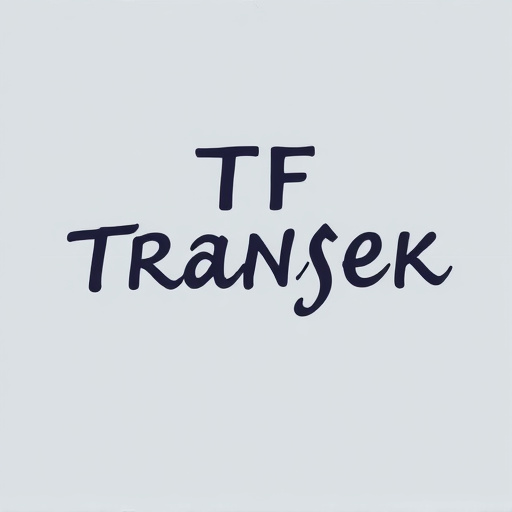
Direct-to-film (DTF) transfers have proven their versatility and effectiveness across diverse industries. Case studies highlight successful implementations in retail, where DTF printing enables dynamic in-store signage and personalized promotions, enhancing customer engagement and driving sales. Similarly, logistics companies utilize DTF to produce high-quality, durable labels for tracking and inventory management, ensuring precise data printing on various materials.
In the event management sector, DTF has revolutionized the way organizers handle large-scale events. It facilitates the rapid production of personalized badges, tickets, and promotional items, allowing for seamless check-in processes and enhanced attendee experiences. These successful applications underscore the efficiency, cost-effectiveness, and versatility of DTF technology, making it an indispensable tool for businesses seeking innovative solutions in their respective fields.

